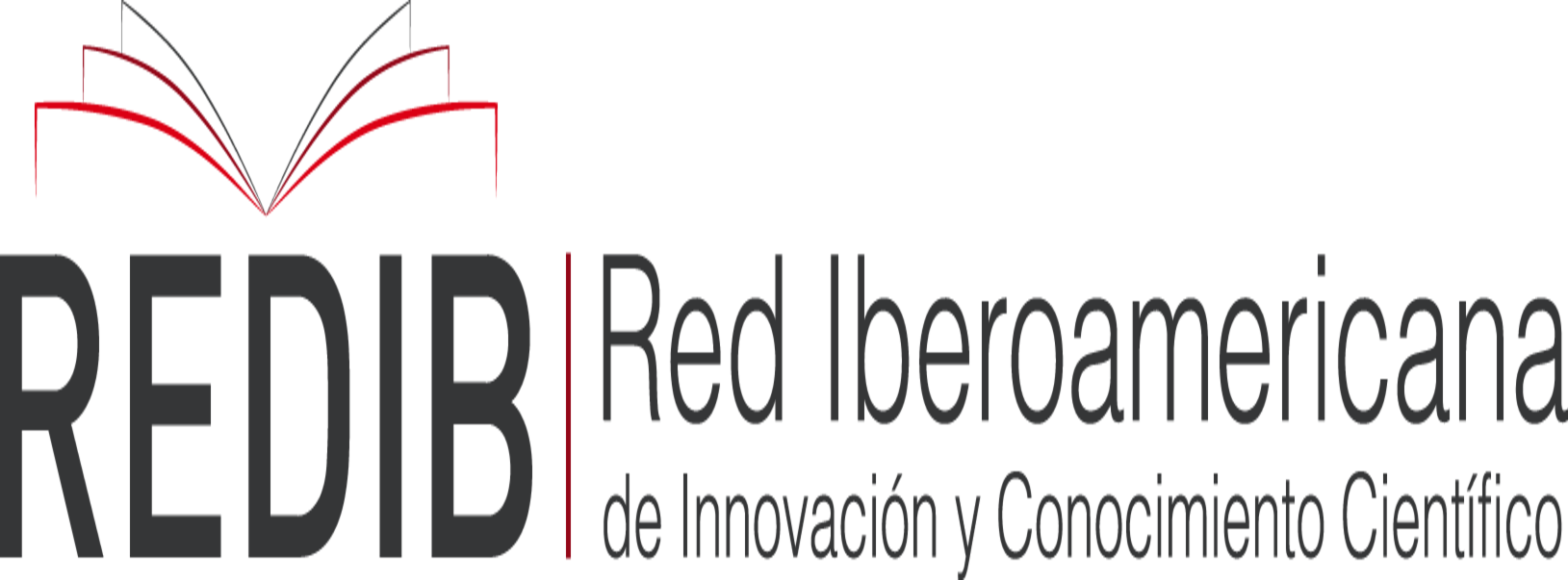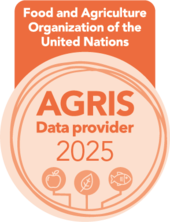Acumulación y distribución de cadmio en plantas de alcachofa (Cynara scolymus L.) cultivada en dos suelos agrícolas contaminados
DOI:
https://doi.org/10.17268/manglar.2021.057Abstract
La contaminación de los suelos agrícolas, contribuye a la absorción de metales pesados por los cultivos y estos contaminantes ingresan a la cadena alimenticia, incrementando el riesgo de toxicidad en los organismos. El objetivo fue evaluar la concentración de cadmio (Cd) en plantas de alcachofa en los distritos de Mito y Nueve de Julio, de la provincia de Concepción, departamento de Junín. Se recogieron 10 muestras, en forma sistemática, de frutos, hojas y tallos de alcachofa; una muestra compuesta de suelo, y una muestra de agua de riego. El contenido de Cd en los suelos y el agua de riego, superaron el Estándar de Calidad Ambiental (ECA). La concentración de Cd (mg.kg-1) en 9 de Julio, fue: 0,100 ± 0,052 en fruto; 0,647 ± 0,117 en hoja; y 0,035 ± 0,020 en tallo; en Mito: 0,164 ± 0,050 en fruto; 0,719 ± 0,201 en hoja ; y 0,142 ± 0,061 en tallo. Los valore de Cd en hojas superaron el límite permisible, de 0,20 mg.kg-1 establecido para hortalizas, pero no en tallos y frutos. Se concluyó que la concentración de Cd en alcachofa tuvo el siguiente orden: hoja > tallo > fruto, mayor en Mito que en 9 de Julio.
Downloads
References
Ali, M.; & Al-Qahrani, K. (2012). Assessment of some heavy metals in vegetables, cereals and fruits in Saudi Arabian markets. Egyptian Journal of Aquatic Research, 38, 31-37.
ANA (2016). Protocolo Nacional para el monitoreo de la calidad de los recursos hídricos Superficiales. Autoridad Nacional del Agua. Resolución Jefatural N° 010-2016-ANA. (pp. 63-65).
Antoniadis, V.; Golia, E.; Lui, Y.; Wang, S.; & Shaheen, S. (2019). Soil and maize contamination by trace elements and associated health risk assessment in the industrial area of Volos, Greece. Environment International, 124, 79-88.
Bi, C.; Zhou, Y.; Chen, Z.; Jia, J.; & Bao, X. (2018). Heavy metals and lead isotopes in soils, road dust and leafy vegetables and health risks via vegetable consumption in the industrial areas of Shanghai, China. Sci. Total Environ., 619, 1349-1357.
Custodio, M.; Peñaloza, R.; Alvarado, J.; Chanamé, F.; & Maldonado, E. (2020). Surface water quality in the Mantaro river watershed assessed after the cessation of anthropogenic activities due to the COVID-19 pandemic. Pol.J.Environ.Stud., 30, 3005-3018.
Diario Correo. (2010). Se reducen los cultivos de alcachofa. Huancayo, Perú.
FAO/WHO. (2019). Codex Alimentarius International Food Standars: General standard for contaminants and toxins in food and feed (CXS 193-1995).
Gan, Y.; Wang, L.; Yang, G.; Dai, J.; & Wang, R. (2017). Multiple factors impact the contents of heavy metals in vegetables in high natural background area of China. Chemosphere, 184, 1388-1395.
Ghasemidehkordi, B.; Malekirad, A.; Nazem, H.; Fazilati, M.; Salavati, H.; Shariatifar, N.; Rezaei, M.; Fakhiri, Y.; & Khaneghah, A. (2018). Concentration of lead and mercury in collected vegetables and herbs form Markazi province, Iran: a non-carcinogenic risk asseeement. Food Che. Toxic. 113, 204-210.
Gruszecka – Kosowska, A. (2019). Potentially harmful element concentrations in the vegetables cultivated on arable soils, with human health-risk implications. International Journal of Environmental Research and Public Health, 16, 4053, 1-25.
Gupta, N.; Yasav, K.; Kumar, V.; Kumar, S.; Chadd, R.; & Kumar, A. (2019). Trace elements in soil-vegetables interface: translocation, bioaccumulation, toxicity and amelioration – A review. Science of the Total Environment, 651, 2927-2942.
Karimi, N.; Khanahmadi, M.; & Soheilikhah, Z. (2013). The effect of arsenic and heavy metals on growth and metal accumulation by artichoke (Cynara scolymus L.) and Savory (Satureja hortensis L. Iranian Journal of Plant Physiology, 3(3), 737-743.
Kharazi, A.; Leli M.; Khazaei, M.; & Alikhani, M. (2021). Human health risk assessment of heavy metals in agricultural soil and food crops in Hamadan Iran. Journal of Food Composition and Analysis, 100, 103890.
Li, Q.; Chen, Y., Fu, H.; Cui, Z.; Shi, L.; Wang, L.; & Liu, Z. (2012). Health risk of heavy metals in food crops grown on reclaimed tidal flat soil in the Pearl River Estuary, China. J. Hazard. Mater, 227, 148-154.
Lizarazo, M.; Herrera, C.; Celis, C.; Pombo, L.; Teherán, A.; Piñeros, L.; Forero, S.; Velandia, J.; Díaz, F.; Andrade, W.; and Rodríguez, O. (2020). Contamination of staple crops by heavy metals in Sibaté, Colombia. Heliyon, 6, E04212.
Machado, I. (2016). Estudios conjunto de trazas de metales y compuestos orgánicos en alcachofa (Cynara scolymus), como insumos para evaluar su calidad nutracéutica e inocuidad alimentaria. Tesis de doctorado, Universidad de La República, Montevideo. Uruguay. 244 pp.
MINEM. (2009). Identification of pollution sources in the Mantaro river watershed.
MINAM. (2014). Guía para el muestreo de suelos. (pp. 16-21).
Pan, X., Wu, P.; Wu, P., & Jiang, X. 2016. Levels and potential health risk of heavy metals in marketed vegetables in Zhejiang, China. Sci. Rep., 6, 20317.
White, P.; and Pongrac, P. (2017). Heavy-metals toxicity in plants. In: Shalaba, S. (ed.) Plant Stress Physiology, second ed. CABI, Boston, p. 300.
WHO. (2010). Exposure to Cadmium a Major Health Concern. WHO document Production Services, Geneva, Switzerland.
Xu, Q. and Shi, G. (2000). The toxic effects of single Cd and interaction of Cd with Zn on some physiological index of [Oenanthe javanica (Blume) DC], J. Nanjing Normal University (Natural Science), 23 (4), 97-100.
Yadav, K.; Gupta, N.; Kumar, A.; Reece, L.; Singh, N.; Rezania, S.; & Khan, S. (2018). Mechanistic understanding and holistic approach of phytoremediation; a review on application and future prospects. Ecol. Eng., 120, 274-298.
Downloads
Published
Issue
Section
License

Manglar is an open access journal distributed under the terms and conditions of Creative Commons Attribution 4.0 International license









